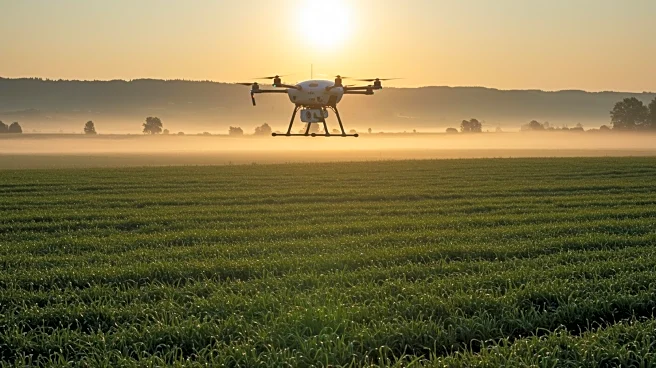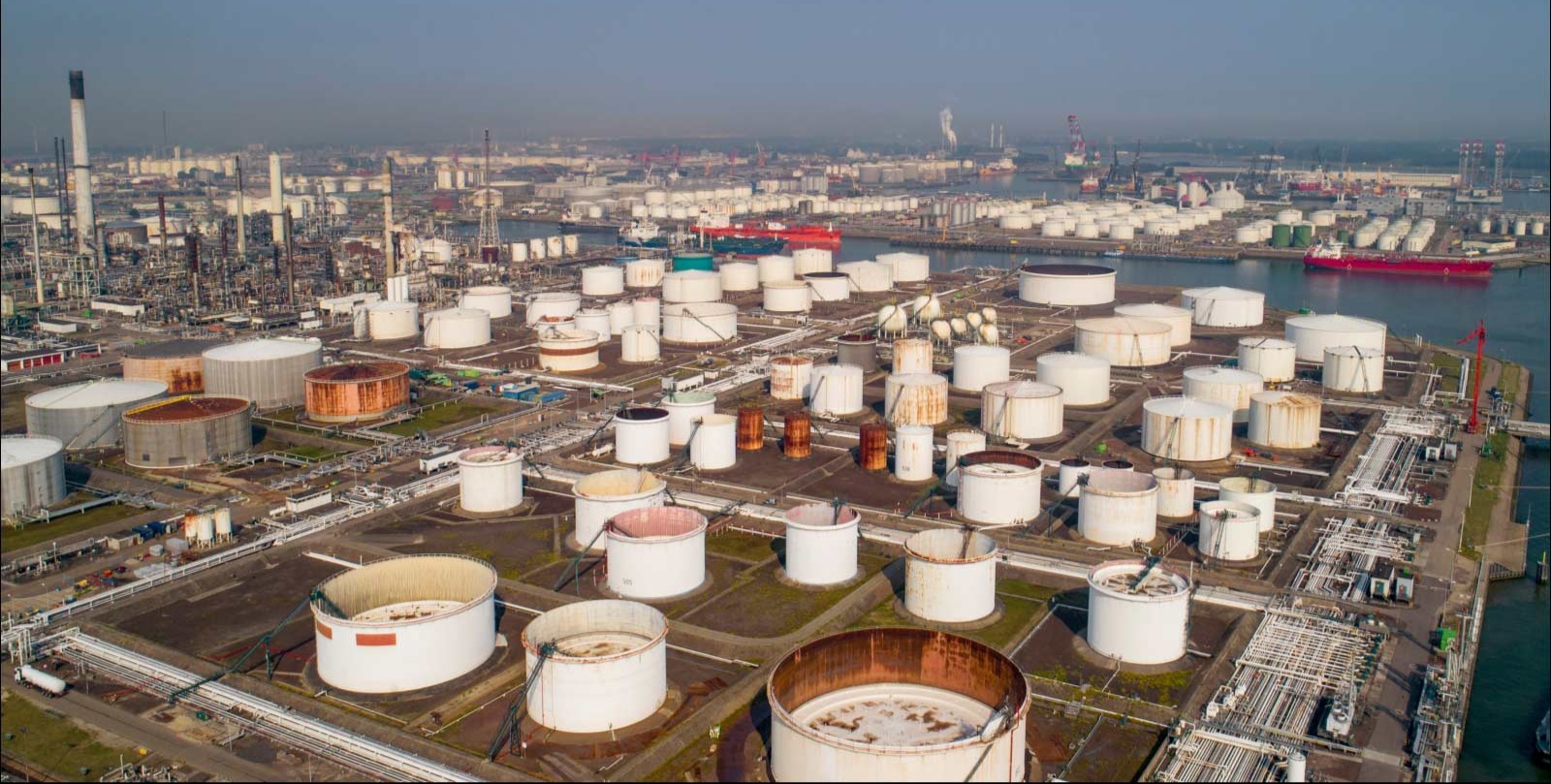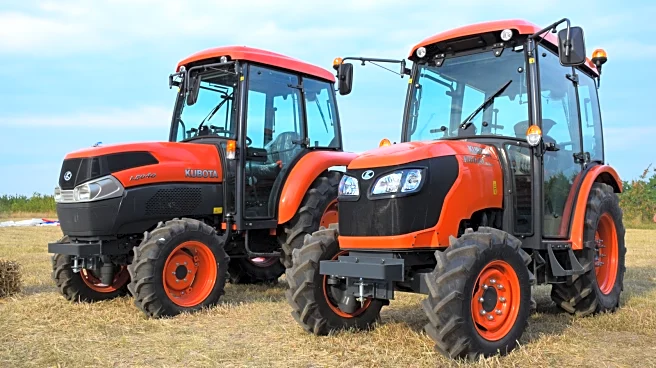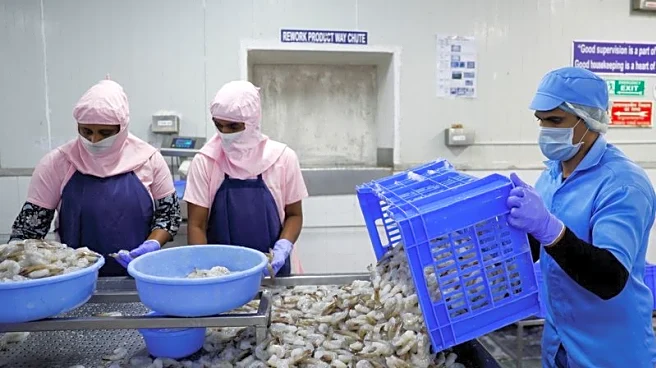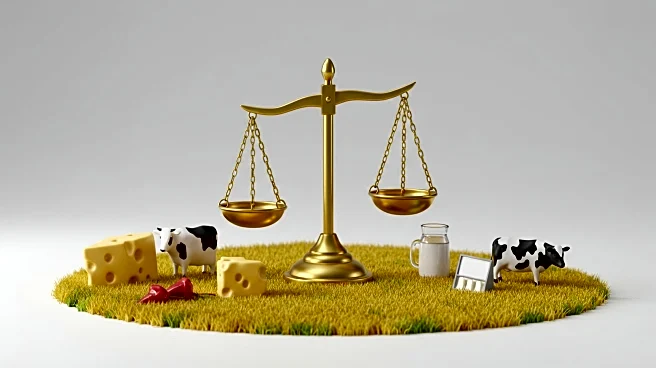Rapid Read • 9 min read
The agriculture drones market is experiencing significant growth, with projections indicating it will reach USD 12.70 billion by 2030. This expansion is driven by the increasing adoption of drones in precision agriculture, as farmers face pressures from rising input costs, labor shortages, and sustainability regulations. Certification reforms in the United States and the European Union have expedited approval processes for drone operations, facilitating faster commercialization. Large-scale deployments in countries like China and India are transitioning from pilot projects to full-scale farm integration. While hardware remains a market anchor, software-driven analytics and service-based models are rapidly expanding, lowering adoption barriers for small and medium-scale farms. Governments are also incentivizing drone usage through carbon-smart farming programs, transforming drones into revenue-generating tools rather than cost burdens.
AD
The growth of the agriculture drones market is crucial for addressing global agricultural challenges, including the need for increased output to meet rising food demand and stricter environmental regulations. Drones enhance precision farming by optimizing chemical and nutrient use, leading to significant savings and improved farm margins. They contribute to higher efficiency, water conservation, and reduced environmental impact, reinforcing their role in sustainable farming practices. As labor shortages continue to affect agriculture, drones offer a viable alternative for spraying and seeding operations, with regulatory changes allowing operators to manage drone swarms for increased efficiency. Government subsidies and carbon-smart incentives further support drone adoption, providing measurable data for greenhouse gas monitoring and verification, thus creating new income streams for farmers.
The agriculture drones market is expected to continue its rapid expansion, with Asia-Pacific emerging as the fastest-growing region due to large-scale deployments and government-backed subsidy programs. North America is likely to maintain its technological leadership, supported by clear regulatory frameworks and strong precision-farming infrastructure. As key players invest in hardware, analytics, and service-based solutions, drones are set to play a central role in shaping the future of global farming. Challenges such as data integration and battery endurance remain, but improvements in hybrid systems and longer-lasting batteries are underway. The market is also seeing a shift towards service models, with smaller farms opting for subscription access instead of heavy capital investment.
The integration of drones into agriculture presents deeper implications, including ethical and environmental considerations. The use of drones for precision farming aligns with sustainability goals, reducing reliance on blanket spraying and promoting targeted solutions. This shift supports consumer demand for traceable and low-impact produce, pushing growers towards drone-enabled solutions that align with government-backed eco-incentives. Additionally, the expansion of drone usage in agriculture highlights the importance of addressing data integration challenges, as farmers need to manage and integrate drone-collected data with existing records for effective decision-making.
AD
More Stories You Might Enjoy
